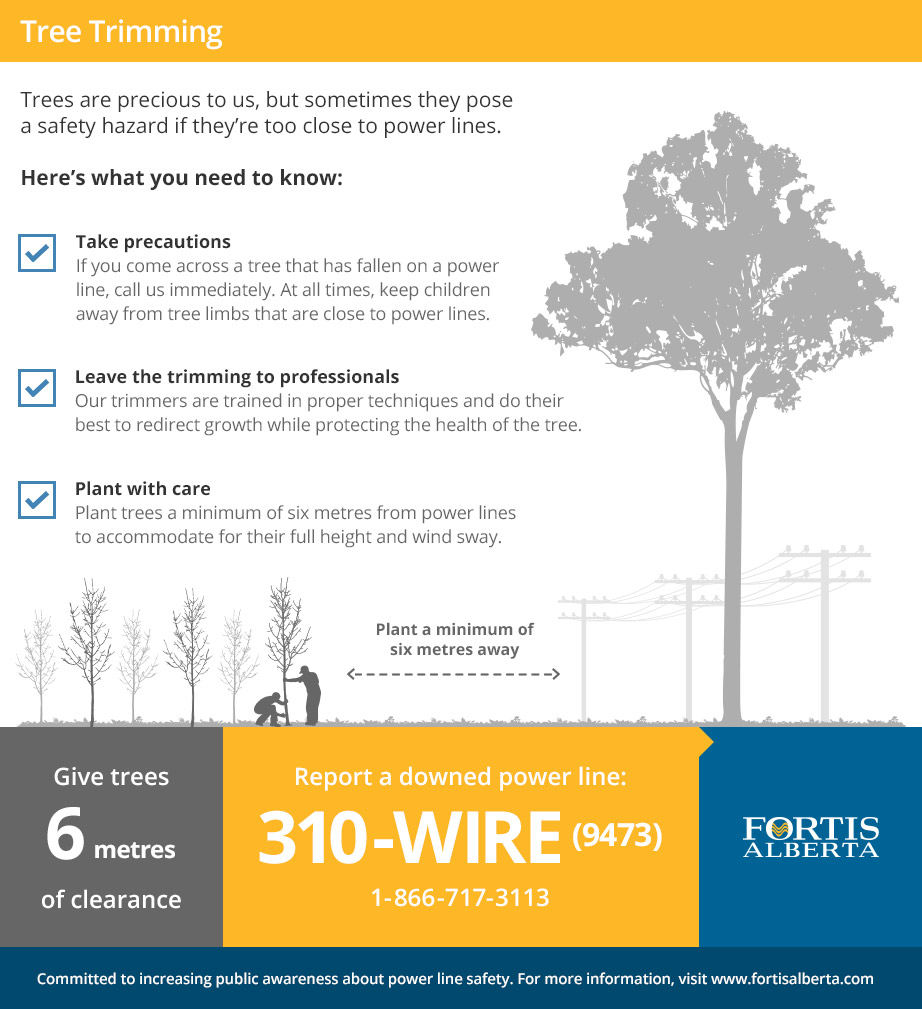Indications It's Time To Remove A Tree - A Property Owner'S Overview
Indications It's Time To Remove A Tree - A Property Owner'S Overview
Blog Article
Created By-Hollis Conway
Trees include appeal and worth to property, yet they can likewise position a risk during extreme weather events. If a tree has actually quit growing, is exhibiting visible fungal development, or has a leaning trunk, it should be gotten rid of by an expert to stay clear of property damage and injury.
To learn more, attend a property owner source reasonable co-hosted by HPD, the Center for NYC Neighborhoods, and Brooklyn-based real estate partners this evening in Bedford-Stuyvesant. The occasion will certainly include the House owner Manual, a brand-new overview to assist home owners navigate the responsibilities of owning a home.
1. Dead or Dying Branches
Trees are an integral part of your home's landscape, supplying shade and elegance. They likewise provide shelter for wild animals and generate oxygen, but also healthy and balanced trees can experience health problems that may demand their elimination. Highly recommended Web-site or dying trees aren't just unsightly, they can be unsafe. Their branches might fall throughout a tornado, bring about costly property damage and injuries.
When a tree's branches begin to pass away, it indicates that its framework is starting to break down. If the majority of its branches are dead, it is most likely time to remove it.
Try to find a lack of new development, bark peeling, open injuries or tooth cavities, fungis expanding on the trunk or origins and a general look of decay in the entire canopy. These indicators of infection can indicate a major problem that will need specialist tree solutions to deal with.
2. Leaning Trunk
While it's typical for trees to lean once in a while due to phototropism, if a tree has a dangerous or serious lean that's not due to natural processes - it could be a sign that the tree requires to be removed. If the tree is leaning toward a high-voltage line, home, vehicle, play framework or any other location that could be harmful to individuals if it drops, then calling a specialist tree solution for removal ought to be a leading concern.
It's likewise important to look for any sudden changes in a tree's leaning as it can indicate damages to the origins or trunk that may result in dropping. This is particularly true throughout thundercloud, because high winds and rain-soaked soil can cause a lean to transform rapidly. Routine monitoring, especially during and after tornados can help property owners recognize potential problems with their trees so they can call an arborist for an extensive assessment.
3. Pest Infestation
Some pest problems, such as wood-boring bugs like emerald ash borer or sap-suckers like range bugs, are so severe that they can create a tree to die. The best means to avoid pest infestation is to check your trees regularly. Seek areas, openings, or discolorations in the fallen leaves and bark. Examine the trunk for cracks and indicators of insect damage, such as passages or tracks.
If a tree becomes too infested with parasites, or is close to a home or power lines, an arborist may recommend elimination. If a leaning tree creates a brand-new, unsteady lean, an arborist will likely advise elimination as well to make certain the safety of people and property. If a damaged or dead tree continually loses excessive branches, it is an indication that it is time to remove the tree. If a tree continues to lose branches for a prolonged period of time, it might bring about architectural troubles and potential property damage.
4. Harmed Trunk
Trees are a beautiful and integral part of our landscape, however they do call for normal care to maintain them healthy and secure. If a tree is damaged irreparable it is most likely time for it ahead down.
Try to find indications of damages to the trunk, including upright fractures, seams, dead branch stubs, visible injuries or open cavities and serious tree-rot. The existence of fungi at the base of the trunk is one more cautioning sign. Fungis may suggest that the phloem and xylem (life-support cells) are compromised, allowing for the spread of illness or a future failing.
Also, think about whether the tree has quit expanding. Healthy trees will certainly have new development each year, which may be visible as buds or branches sprouting and prolonging. If you don't see any new development, it's a good concept to have an arborist examine the tree and follow their suggestion for elimination. A passing away or harmed tree can drop and trigger property damage.